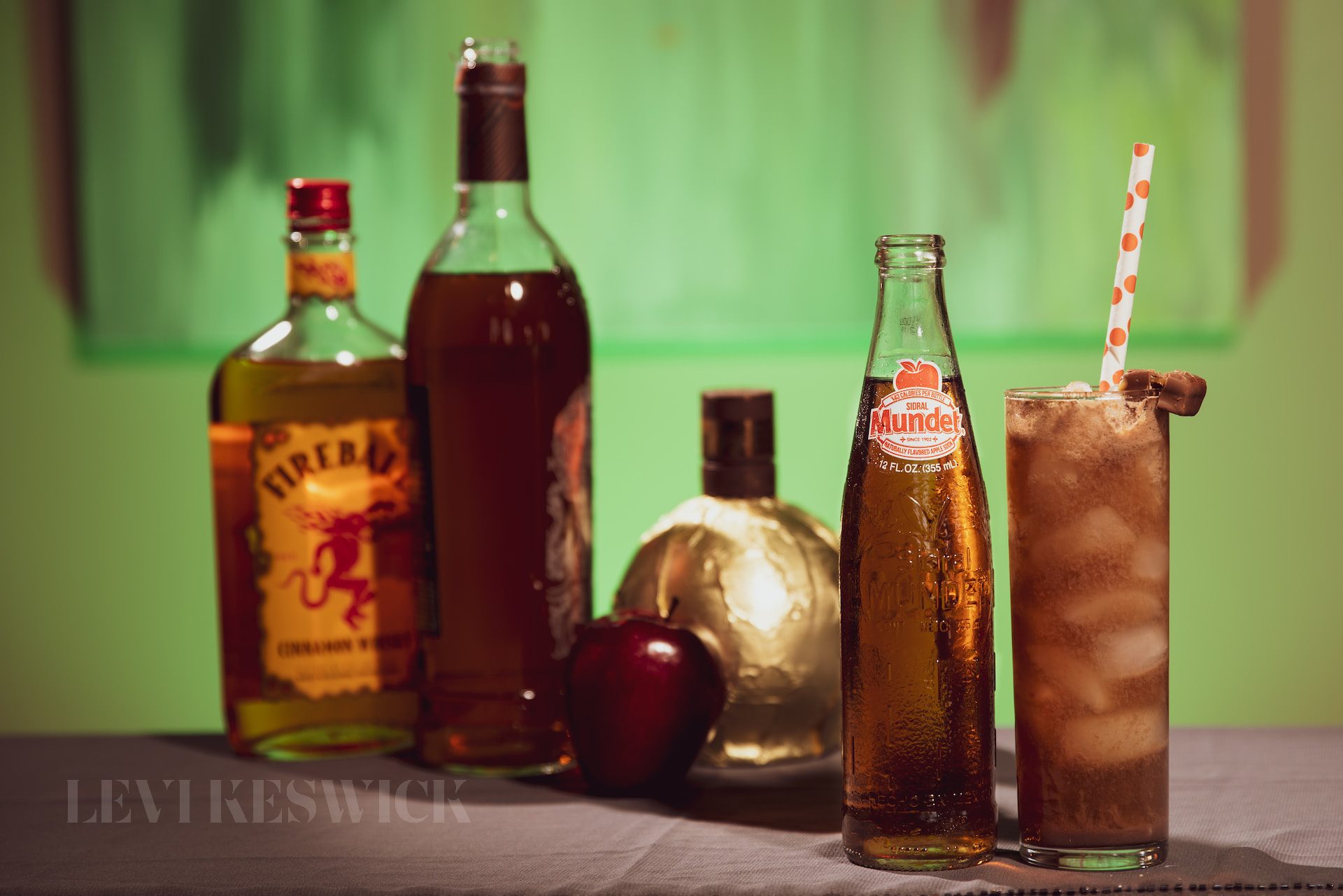Key takeaways:
- Fireball’s unique taste profile and marketing appeal to younger drinkers
- Controversial recipe ideas and associations with party culture
- Lower alcohol content compared to traditional whiskey
- The infamous propylene glycol controversy
The Rise of Fireball: A Cinnamon Whisky Sensation
Since its introduction, Fireball Whisky has become a popular choice among younger drinkers, particularly in college parties and nightclubs. The spicy cinnamon flavor combined with its sweet, syrupy texture has polarized opinions, making it a topic of heated debate among alcohol enthusiasts.
A Flavor Profile that Divides Drinkers
Fireball Whisky has a distinctive taste that can be likened to Red Hots candies or Big Red gum soaked in alcohol. This unique flavor profile appeals to some, while others find it overly sweet and unpalatable. As with any polarizing flavor, it’s a matter of personal preference, but the love-hate relationship with Fireball is undoubtedly one of its defining characteristics.
Party Culture and Controversial Recipe Ideas
One reason Fireball has gained popularity is its association with party culture. Its presence in college parties, bars, and nightclubs has led to a slew of controversial recipe ideas with equally questionable names. While some find these concoctions fun and creative, others see them as tacky and unappealing.
A Pint of Fireball: Lower Alcohol Content
Fireball’s alcohol content sits at 66 proof, which is around 20% less than traditional whiskey, which typically ranges from 86 to 100 proof. This lower alcohol content has contributed to its reputation as a “starter” drink, perfect for younger drinkers who may not have developed a taste for stronger spirits.
The Infamous Propylene Glycol Controversy
Fireball Whisky made headlines when it was revealed that it contained propylene glycol, a chemical used in anti-freeze. This discovery led to a temporary halt in sales in countries like Norway, Sweden, and Finland. Although the FDA considers propylene glycol safe at certain levels in food products, the controversy has left a lasting impression on the brand.
Fireball Hangovers: The Morning After
The combination of sugar, spice, and a relatively high alcohol content has given Fireball a reputation for causing particularly nasty hangovers. While this might be enough to deter some drinkers, it hasn’t stopped Fireball from continuing to be a popular choice for a night out.
A Lasting Impact on the Alcohol Industry
Despite its controversies and divisive flavor profile, Fireball Whisky has managed to carve out a niche in the alcohol industry. Its marketing and association with party culture have made it a staple for many younger drinkers, even as it draws criticism from whiskey purists.
In Conclusion
A pint of Fireball represents more than just a cinnamon-flavored whisky; it’s a symbol of a generation’s preference for sweet, easily accessible alcoholic beverages. Whether you love it or hate it, Fireball’s impact on the industry and its ability to spark conversation make it a noteworthy player in the world of spirits.







